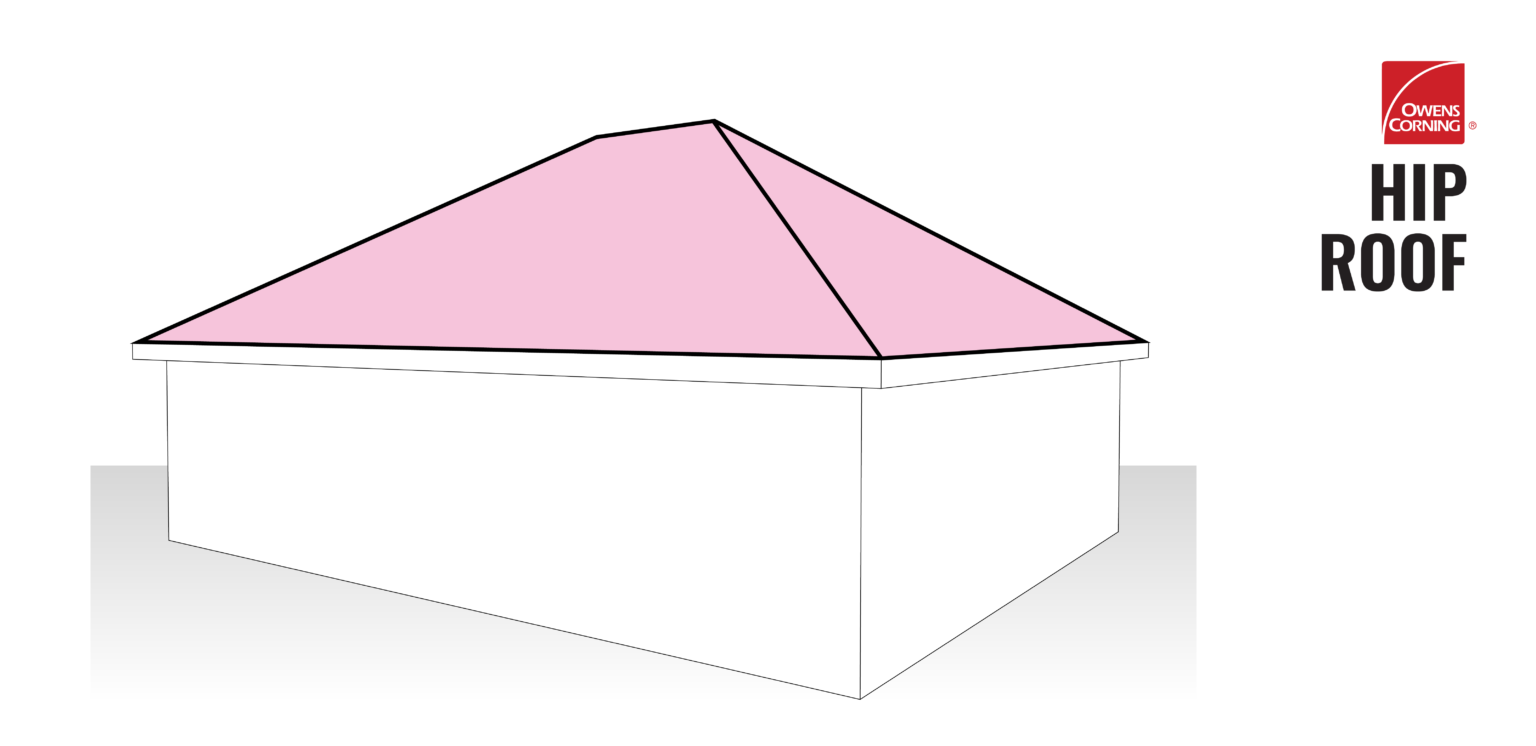Understanding the Construction of Your Roof
Knowing your roof type can be fundamental to understanding your roofing options. Not only can you gain insight into the costs of each roof type, you can also be more cognizant of your home’s ventilation.
A Breakdown of Common Roof Types
There are an abundance of roof types, and L.H. Krueger can work on them all! However, some are more common than others in Southeastern Wisconsin, and we’re here to walk you through the differences in these roof types.
Let us introduce you to the two most common roof types in the area: gable and hip. The gable roof can fit a variety of homes, such as your standard-style square-box house. This is your traditional triangular structure, which boasts a slope on each side of the home. Its relative, the clipped gable roof, is also a local favorite: with a basic gable roof foundation and slight inspiration from hip roofs, the clipped gable features a “bent-in” peak that breaks up the triangular frame.
The hip roof, however, is less triangular in shape and tends to skew towards a trapezoidal construction. A traditional hip roof will have four separate, equal-length slopes that meet to form a simple ridge. Unlike a traditional gable or clipped gable roof, most of a hip roof is visible when viewing your home; as a result, a large majority of your home’s curb appeal rests upon the color and style of your shingles.
When comparing the cost of these roof types to each other, both gable and hip roofs tend to be similar in price as the different costs in these roofs cancel each other out. For example, a gable roof utilizes more ridge venting, which raises costs. A hip roof does not use as many ridge vents, and therefore does not incur this expense. Instead, a hip roof requires more cap shingles than a gable roof, evening out the price.
Gaining Insight to Your Home’s Ventilation
When working on roofs, one of the most important factors to consider is ventilation issues. Few homeowners realize that a home’s ventilation is a direct result of the style of roof they have — and poor ventilation can also cause issues down the road for their roof.
A gable or clipped gable roof will offer the most area to vent. Double gable roofs also tend to be one of the roof types most often associated with good ventilation, though this often has to do with the age of the homes they adorn. These roofs are commonly found on traditional, older homes, which are less air-tight than current builds and have no issue letting air pass through. Hip roofs, however, have smaller ridges and therefore struggle with ventilation issues.
Within the past decade, home builders have dedicated more attention to ventilation. For example, purchasing a cathedral ceiling built in the last five to eight years may not cause issues for your home or roof, but homes built with cathedral ceilings in the 1980s or 1990s will often have ventilation issues. If you notice your home tends to run warm, especially your attic, you may be at risk of having to replace your roof more frequently than normal.
Stay on Top of Your Roof with L.H. Krueger
No matter what type or style of roof you have, we’re ready to tackle it all. Work with a team that understands your unique roofing needs and helps you navigate ventilation issues. Get your free estimate today!




